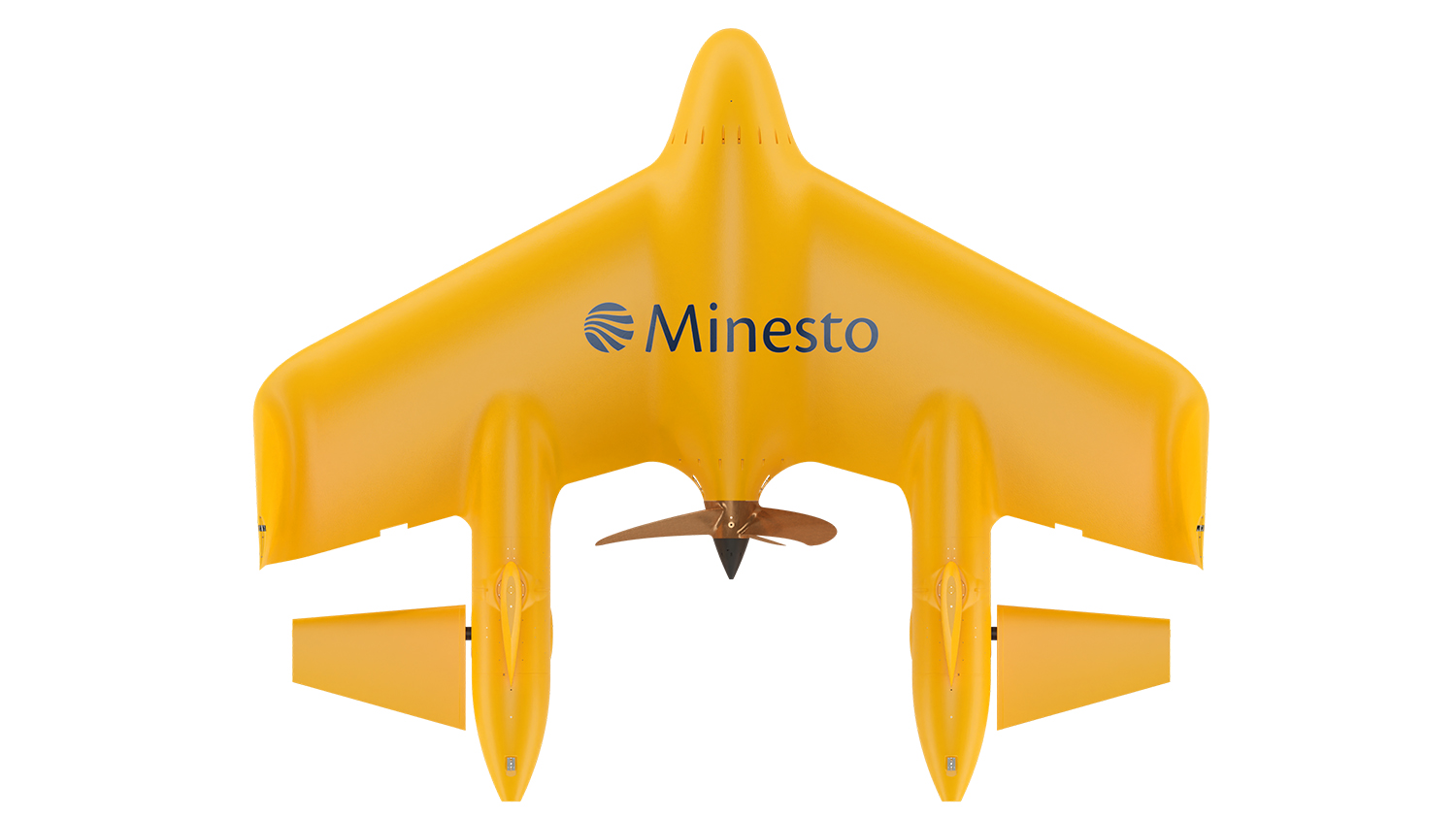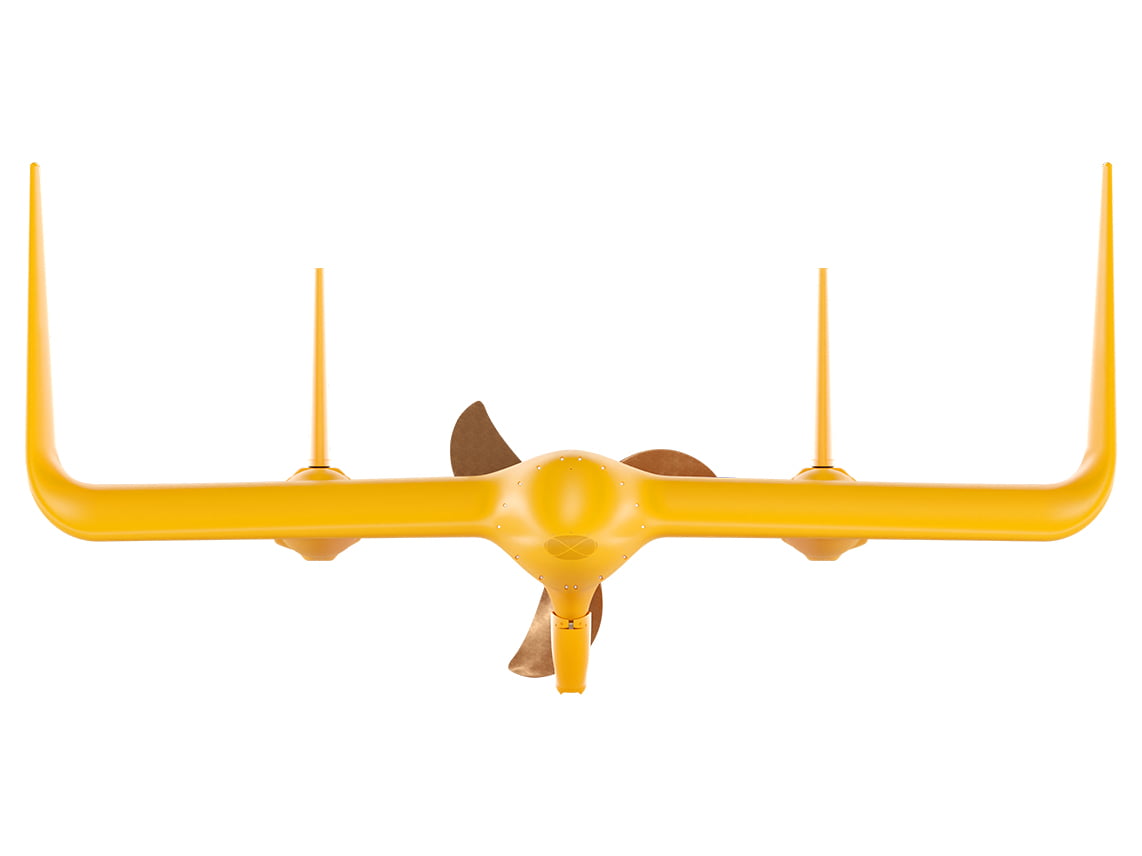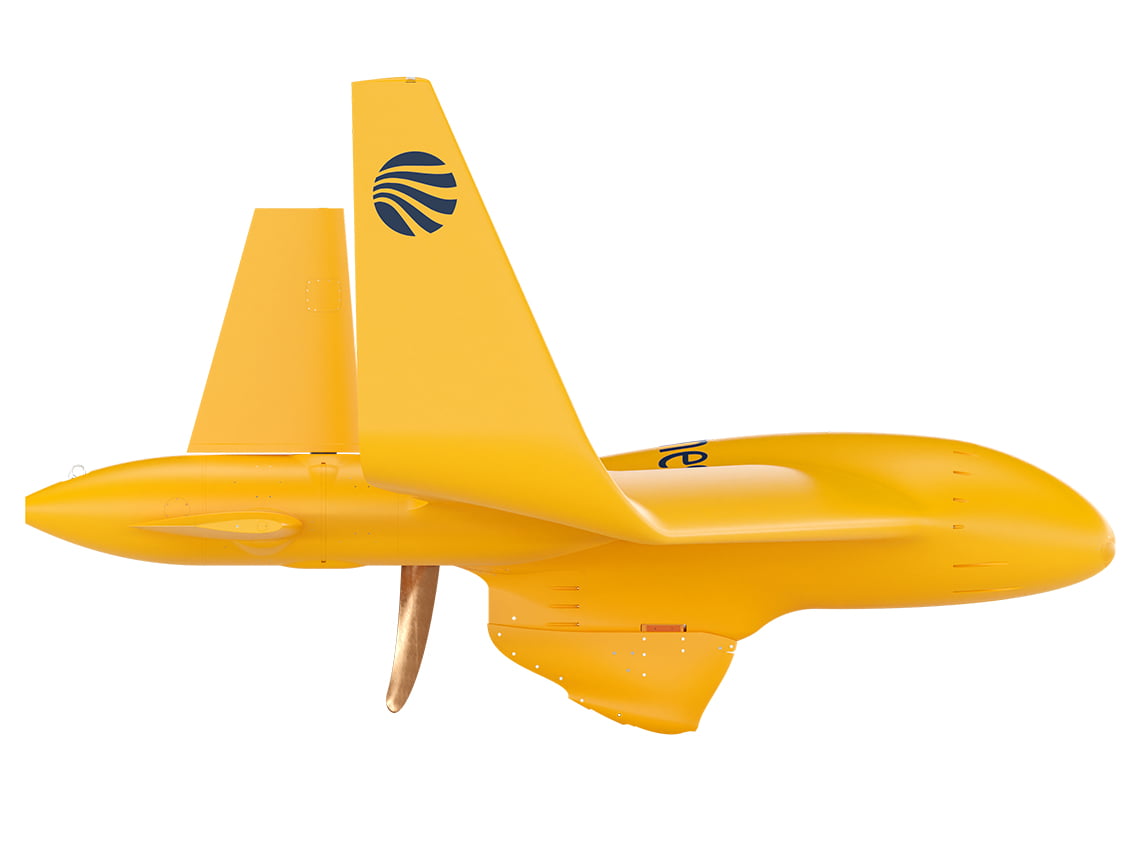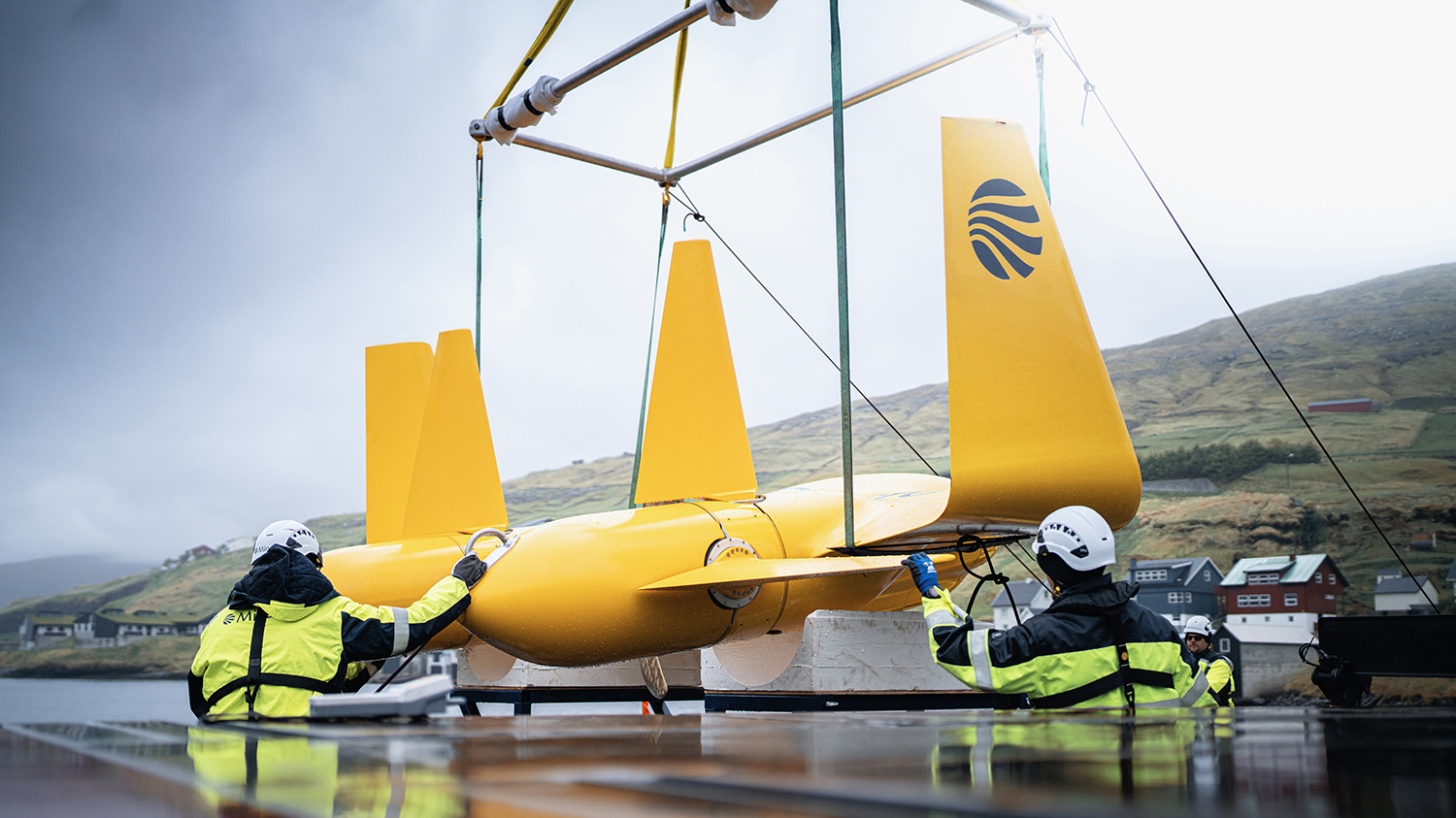I’m placing this in “News coverage”, as opposed to “News” - a subtle distinction, but here it is:
By now, you must all be getting used to these “news” “stories”:
Winged ‘Sea Dragons’ Can Generate Electricity For 25,000 Homes
Let’s examine this “story” more closely:
“25,000 homes”. There it is again: pulling some large number of homes out of thin air, and creating a definitive statement of “fact” that some ongoing effort that has made similar claims for years, is suddenly some new news that we haven’t heard before.
Minesto, with their “Deep Green” underwater version of Makani, was supposed to have been powering many homes for years now, except they always seem to be “getting ready to get ready”, and the grid-feed that is supposed to have been taking place for years now, is mysteriously still in its original “holding pattern” of merely “contributing to the Faroe Islands’ national grid as part of a trial run over the past year.”
The stated output seems to have dropped drastically for the 5-meter size, which now::
“allows each of them to glide through the water in a figure-of-eight pattern and generate enough electricity to power approximately four or five homes.”
This implies sporadic and intermittent, low-power grid-tie generation, producing much less electricity than we’ve been led to believe, on a “testing” basis, not what we’ve been told for years now that they had a product that was going to be routinely powering many homes.
Now, suddenly, we’re told that these 5-meter underwater kites can each power only 4 to 5 homes!
But don’t worry, they are about to increase the kite wingspan from 5 meters to 12 meters, and this 1.4 x increase in wingspan is supposed to result in a phenomenal increase in power:
“According to Minesto, the firm is currently working on new kites with a wingspan of 39 feet (12 meters) rather than 16 feet (five meters). These will be able to generate 1.2 megawatts of power, meaning that an underwater fleet would be enough to power half of the Faroe Islands’ 50,000 households.”
OK so a 140% increase in size is predicted to result in a 1000-fold increase in output???
To me, the first thing to notice is the false claim of the headline:
“Winged ‘Sea Dragons’ Can Generate Electricity For 25,000 Homes”
Really? 25,000 Homes?
Really? They CAN? They don’t exist yet, but they already “can” power 25,000 homes? Well I guess they DID say the 25,000 homes would be powered by a “fleet” of turbines, not just one, but how many are in a fleet? No mention. Can you identify the probable falsehoods being conveyed here? They’re not even saying how much power the existing “Deep Green” underwater-aircraft have been making. “Four to five homes”. That could mean anywhere from 4-5 kW, up to 40-50 kW, depending on how they define “powering four to five homes”, but it is a far cry from powering 25,000 homes. I would have to say, I do not believe increasing wingspan from 5 meters to 12 meters could increase output by ~5000 times. Do you? Should we take this effort seriously after reading this? I’m thinking this article purports to be an announcement of great success, but if read carefully, reads more like a last desperate gasp of hopeful public-relations hype translating loosely to: “If you have stock in this company, sell it now while you still can!” ![]()





